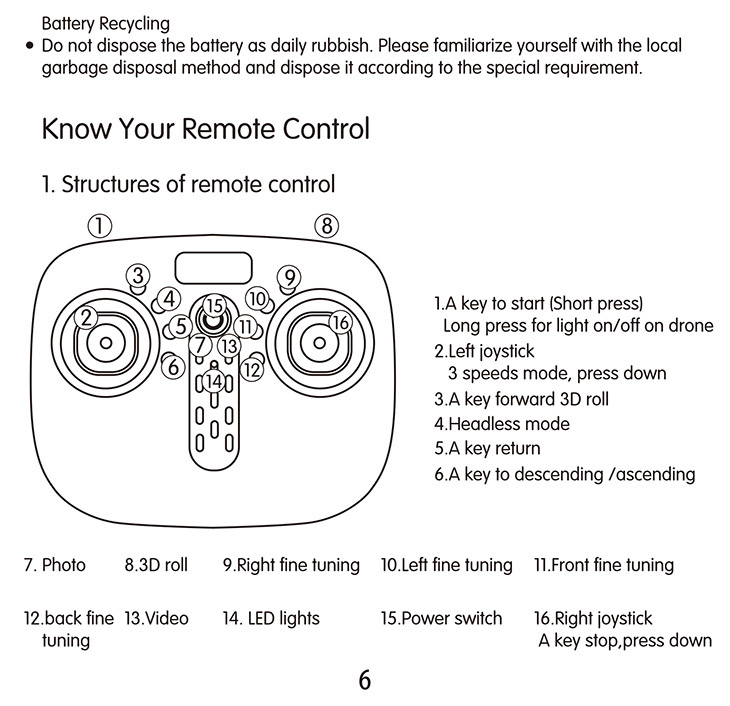Blank Uborki Pomescheniya

Bosnian rolled burek In the, burek, also known as pita in Bosnia and Herzegovina exclusively, is an extremely common dish, made with yufka and the Bosnian variant is arguably the most regionally prominent. It may be eaten for any meal of the day. In, the burek is a meat-filled pastry, traditionally rolled in a spiral and cut into sections for serving. The same spiral filled with cottage cheese is called sirnica, with spinach and cheese zeljanica, with potatoes krompiruša, and all of them are generically referred to as pita. Are used as a binding agent when making sirnica and zeljanica. This kind of pastry is also popular in, where it was imported by Bosnian Croats, and is usually called rolani burek (rolled burek). In Serbian towns, Bosnian pastry dishes were imported by war refugees in the 1990s, and are usually called sarajevske pite or bosanske pite (Sarayevan pies or Bosnian pies).
Account Disabled. You have exceeded the maximum number of login attempts. To access the system, please complete the following steps: If you are a Boral employee, please contact the help desk at (949) 585-8207. If you are a Boral customer super user, please contact Customer Service at (800) 669-8453. The latest Tweets from Beth Zbornak (@BZbornak). Western digital. Free to be me now that I have divorced Stan.
Similar dishes, although somewhat wider and with thinner dough layers, are called savijača or just 'pita' in Serbia. These are usually homemade and not traditionally offered in bakeries.
In 2012, included the Bosnian burek in their 'The World's Best ' book. Round burek in Serbia, Macedonia, Croatia, Montenegro and Slovenia [ ].
Contents • • • • • • • • • • Etymology [ ] The, referring to 's writings, considers Buraq to be a derivative of: برق barq 'lightning'. According to, 'Boraq' is the Arabized form of ' * barāg or * bārag, 'a riding beast, mount' ( bāra)'. Description [ ] Although the Hadith do not explicitly refer to the Buraq as having a human face, and almost always portrays it so - a portrayal that found its way into Indian and Persian Islamic art. This may have originated from an interpretation of the creature being described with a 'beautiful face' as the face being human instead of bestial.

An excerpt from a translation of describes Buraq: Then a white animal which was smaller than a and bigger than a was brought to me. The animal's step (was so wide that it) reached the farthest point within the reach of the animal's sight. —, Sahih al-Bukhari Another excerpt describes the Buraq in greater detail: Then he [Gabriel] brought the Buraq, handsome-faced and bridled, a tall, white beast, bigger than the donkey but smaller than the mule. He could place his hooves at the farthest boundary of his gaze.
He had long ears. Whenever he faced a mountain his hind legs would extend, and whenever he went downhill his front legs would extend. He had two wings on his thighs which lent strength to his legs. He bucked when Muhammad came to mount him. The put his hand on his mane and said: 'Are you not ashamed, O Buraq? By, no-one has ridden you in all creation more dear to Allah than he is.' Hearing this he was so ashamed that he sweated until he became soaked, and he stood still so that the Prophet mounted him.
Punch Quick Wraps The Punch Quick Wraps are made from a cotton/elastic material are have many different uses. 
[ ] In the earlier descriptions there is no agreement as to the sex of the Buraq. It is typically male, yet has Gabriel address the creature as a female, and it was often rendered by painters with a woman's head. The idea that 'al-Buraq' is simply a divine mare is also noted in the book The Dome of the Rock, in the chapter 'The Open Court', and in the title-page vignette of 's.
Journey to the Seventh Heaven [ ]. Main article: According to, the Night Journey took place ten years after Muhammad became a prophet, during the 7th century. Muhammad had been in Mecca, at his cousin's home (the house of ), when he went to al-Masjid al-Haram (). While he was resting at the, Gabriel appeared to him bringing the Buraq, which carried Muhammad in the archangel's company, to al-Masjid al-Aqsaʼ, [ ] traditionally held to be the in Jerusalem. At this location, he alighted from the Buraq, prayed on the site of the ( Bayt Al-Maqdis), and then mounted it again as the creature ascended to the seven heavens where he met, and his cousin,,, and one by one until he reached the throne of. God communicated with him giving him words and instructions, most importantly the commandment to Muslims to offer prayers, initially fifty times a day. At the urging of Moses, Muhammad returned to God several times before eventually reducing the number to five.